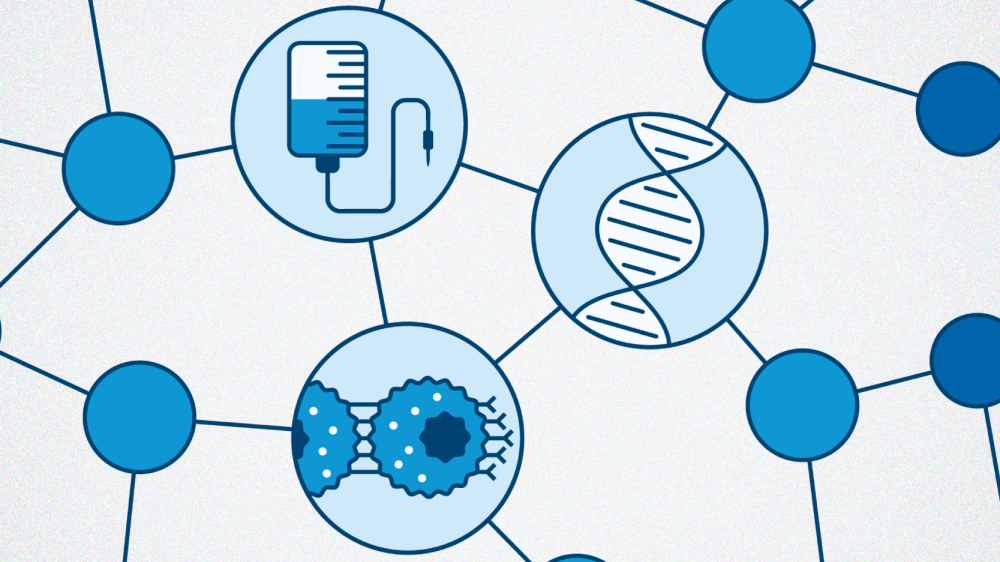Oncology related models
The NC3Rs has funded the development of basic science models which could be used in oncology research. These include:
- An in vitro model of human bone. Dr Amy Naylor (University of Birmingham) has developed a long term self-structuring bone model which can be generated from cell lines or primary osteoblastic cell populations. This model could be readily adapted to incorporate mixed cell populations and study cell-cell interactions, for example by co-culturing with tumour cells to study bone metastasis. An NC3Rs Gateway paper describing the methodology for the model was published in 2023.
- A next generation Quiescence and Cell Cycle Indicator. Disrupted cell cycle regulation resulting in altered cell cycle lengths is common in cancer. Dr Richard Mort (Lancaster University) has developed a cell cycle biosensor that can identify and discriminate between each stage of the cell cycle. The model incorporates fluorescent cell cycle probes, each with epitope tags for antibody detection. This may have applications for identifying and studying dormant cells in cancer.
- Models to study circadian rhythms. A disrupted circadian rhythm is a hallmark of many diseases, including cancer. The NC3Rs have funded the development of improved circadian rhythm models. These include a patient derived fibroblast model that represents endogenous circadian rhythms, a pluripotent stem cell organ-on-a-chip model with engineered circadian biology, and a method of refining mouse monitoring to improve circadian rhythm studies.
If you are looking to apply a basic science model to your oncology research and would like more information about projects funded by the NC3Rs please contact Rachel Eyre (Rachel.eyre@nc3rs.org.uk) for further information.
Return to the oncology hub to learn more about our Oncology Network, oncology projects funded by the NC3Rs and find funding opportunities for oncology research.

